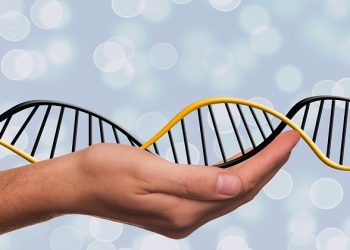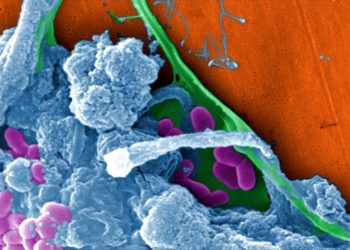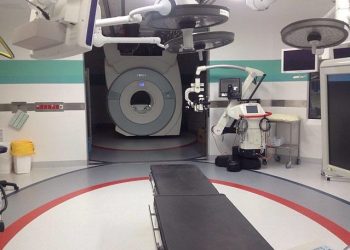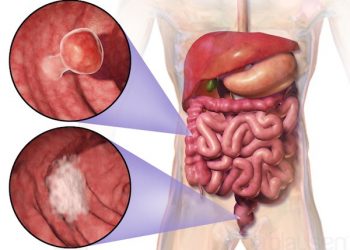The 2014 movie, The Theory of Everything starring Eddie Redmayne Felicity Jones, is a biographical drama based on the life of Stephen Hawking, world renowned theoretical physicist.
The movie, set at Cambridge University, depicts and details the diagnosis, and struggles faced by Hawking in his battle with ALS, his relationship with his wife, physical and emotional struggles he faced and his overcoming the odds to become one of the leading minds of the 21st century.
Directed by James Marsh and adapted by Anthony McCarten from the memoir Travelling to Infinity: My Life with Stephen by Jane Hawking, the performance won Eddie Redmayne an Academy Award for Best Actor.
About Stephen Hawking
Stephen William Hawking, fondly referred to as Professor Hawking, was a theoretical physicist, mathematician, cosmologist, and author. He was the Lucasian Professor of Mathematics at the University of Cambridge from 1979 – 2009 and also served as the director of research at the Centre for Theoretical Cosmology at the University of Cambridge till his demise on 14 March 2018.
He has over 230 published works to his name and received various awards and accolades, including thirteen honorary degrees. Some of his scientific works include:
- Gravitational singularity theorems in the framework of general relativity (a collaboration with Roger Penrose)
- A Smooth Exit from Eternal Inflation that conjectures that the exit from eternal inflation does not produce an infinite fractal-like multiverse, but is finite and reasonably smooth
- His theoretical prediction that black holes emit radiation came to be called Hawking radiation
He was the also the first person to set out an all-encompassing, coherent theory of cosmology to explain the union of the general theory of relativity with quantum mechanics, called The Theory Of Everything.
Hawking’s battle with ALS
In 1963, after his 21st birthday, Hawking was diagnosed with early-onset motor neurone disease (MND; also known as Amyotrophic Lateral Sclerosis “ALS” or Lou Gehrig’s disease) and was told that he had only 2 years to live. Although his disease progressed slower than doctors expected, he found it difficult to walk around unsupported and soon his speech became almost unintelligible. Over the years, he became paralysed and wheelchair-bound (motorized). He could communicate only through a computerised voice system (speech-generating device).
Despite his struggles, Hawking was a great communicator of science, authoring numerous best-selling books such as Black Holes and Baby Universes and Other Essays, The Universe in a Nutshell, The Grand Design, and A Brief History of Time – British Sunday Times best-seller for a record-breaking 237 weeks.
His lectures were legendary and caught media attention and his Science TV shows garnered large audiences. He was immortalized in pop culture with roles on popular sitcoms, The Big Bang Theory And The Simpsons.
Watch How Stephen Hawking Lived So Long With ALS:
Understanding ALS
Amyotrophic Lateral Sclerosis (ALS), also called Lou Gehrig’s disease, attacks motor neurons – the nerve cells responsible for regulating “voluntary” muscles that we’re aware of controlling, such as those in our arms, legs, and face. As these motor neurons degenerate or die, they stop sending signals to muscles, which gradually weaken and waste away.
Symptoms and effects of ALS
Dr. Amelie Gubitz, who oversees much of National Institutes of Health (NIH) ALS research explains, “At first only a single limb may be affected, such as some weakness in a hand or a leg, or a person may have problems speaking or swallowing,”. Other symptoms may include stiff muscles, cramps, or stumbling. It may become hard to turn a key, lift a coffee pot, or button a shirt.
Eventually, all muscles under voluntary control are affected, and people lose the ability to move different parts of their body. When breathing-related muscles fail, ventilation support can help people breathe. Most people with ALS tend to die from respiratory failure, usually within 3 to 5 years after symptoms first appeared. However, about 10% of people with ALS survive for 10 or more years.
Currently, ALS has no cure, it can only be managed to some extent with medication and therapy.
ALS affects:
- more than 12,000 Nationwide (US)
- people of all races and ethnicities
- those between the ages of 40 and 60 (younger and older people also can develop the disorder)
Men seem more likely to be affected than women. In most ALS cases, the underlying causes are unknown.
Dr. Gubitz says “The reasons why you get it are not really understood”. She adds, “Even a healthy young person can get this disease out of the blue.” A small percentage of cases, about 10%, are inherited.
In 1993, scientists discovered that mutations, or alterations, in a certain gene were associated with some cases of ALS. Since then, mutations in over a dozen genes have been found to cause familial ALS. These discoveries provide new information about the disease that will help guide future research.
Search for a Cure for ALS
In 1995, the U.S. Food and Drug Administration (FDA) approved a medication called riluzole (Rilutek) as the first drug treatment for ALS. The drug prolongs life by several months, and it can extend the time before someone needs ventilation support. Riluzole doesn’t reverse the damage already done, and patients must be closely watched for possible side effects.
Other treatments for ALS aim to ease symptoms and improve quality of life. For example, an FDA-approved drug combination of dextromethorphan and quinidine (Nuedexta) helps manage intense emotional changes, such as uncontrollable laughing or crying, that are often seen with ALS.
Because the mind remains relatively intact, people with ALS may be keenly aware of their continued loss of function. They may become anxious and depressed. Health care professionals can tailor plans for therapy and equipment to keep people as mobile and comfortable as possible.
While much is still unknown, scientists are working to gain new insights into ALS. “I believe potentially promising approaches for treatment are in the pipeline,” Gubitz says. “Researchers are trying to attack the disease from many different angles, which brings much hope for progress.”
ALS in pop culture
In 2014, social media was abuzz with viral videos from users of the ALS Ice Bucket Challenge. The challenge required that people pour ice water on themselves, donate money for ALS research and challenge 3 more people to do the same. Celebrities like LeBron James, Chris Pratt, Bill Gates and many others joined the channels and it became a worldwide phenomenon that helped raise awareness and millions of dollars for ALS research.

















